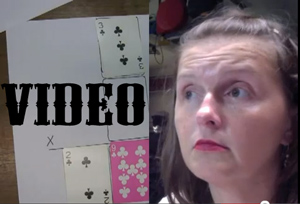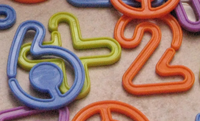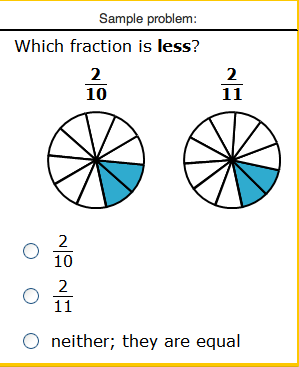
In response to a parents report, I “invented” a method of long division while driving home. Continue Reading →

In response to a parents report, I “invented” a method of long division while driving home. Continue Reading →
Guest post over at Math For Grown Ups! Continue Reading →

Being in the not-knowing is the best place to be – whether you’re excited about an upcoming homeschool convention or about math! Continue Reading →

What should I learn? What should I ask? Are you going? Want to meet up? I’M SO EXCITED! Continue Reading →

Another Count 10, Read 10 activity! This time an opportunity to talk area and perimeter using your necklace. Continue Reading →

Another story of math and parenting. Dr. John Golden, professor and author of Math Hombre, talks about his family’s thoughts and feelings on math. Continue Reading →

This is the first in the Cuisenaire Rods series. Video showing how to engage kids in learning coordinate pairs by tapping into their creativity. Continue Reading →
![[50 Word Friday] A Boy Wonders About Math and His World](http://mathfour.com/wp-content/uploads/2011/07/MathFourRightTriangle_225.png)
Inspired by a friend at work, this 50 word mini-article is a brief comparison of two irrational numbers – and the wonderment that they SHOULD be rational. Even whole! Continue Reading →

Part of the Count 10 Read 10 series, this bedtime game can also be played in the car, at the grocery store and at the doctor’s office. It needs no equipment and can be played with 2-100 players. Continue Reading →

IXL Math Practice HAD some issues. But they’ve shown they’re focused on improving – putting them on my highly recommended list! Continue Reading →